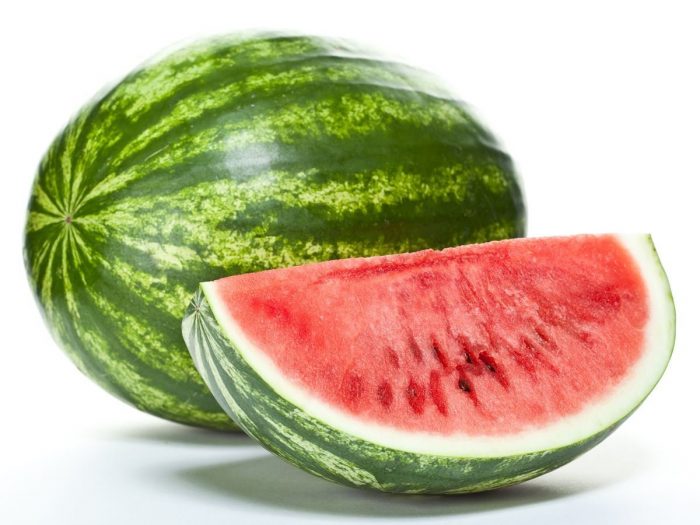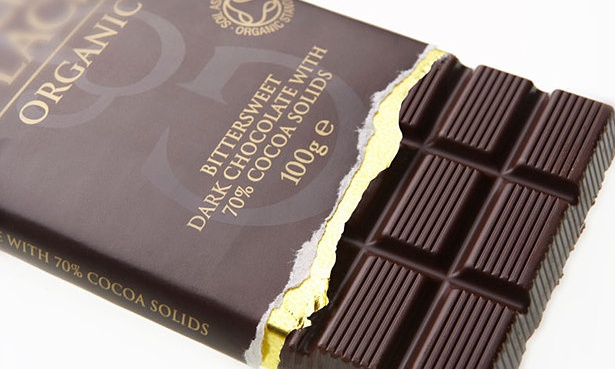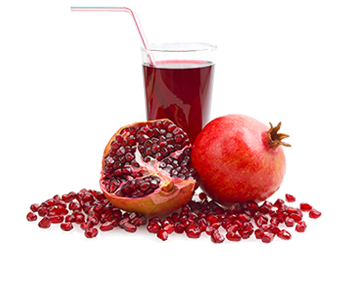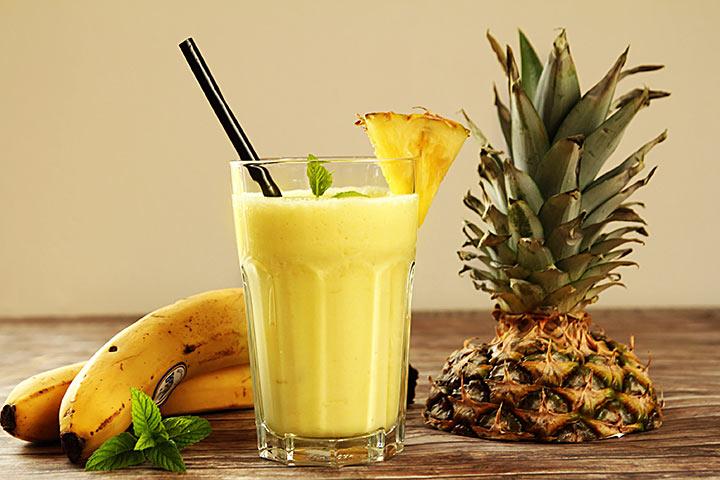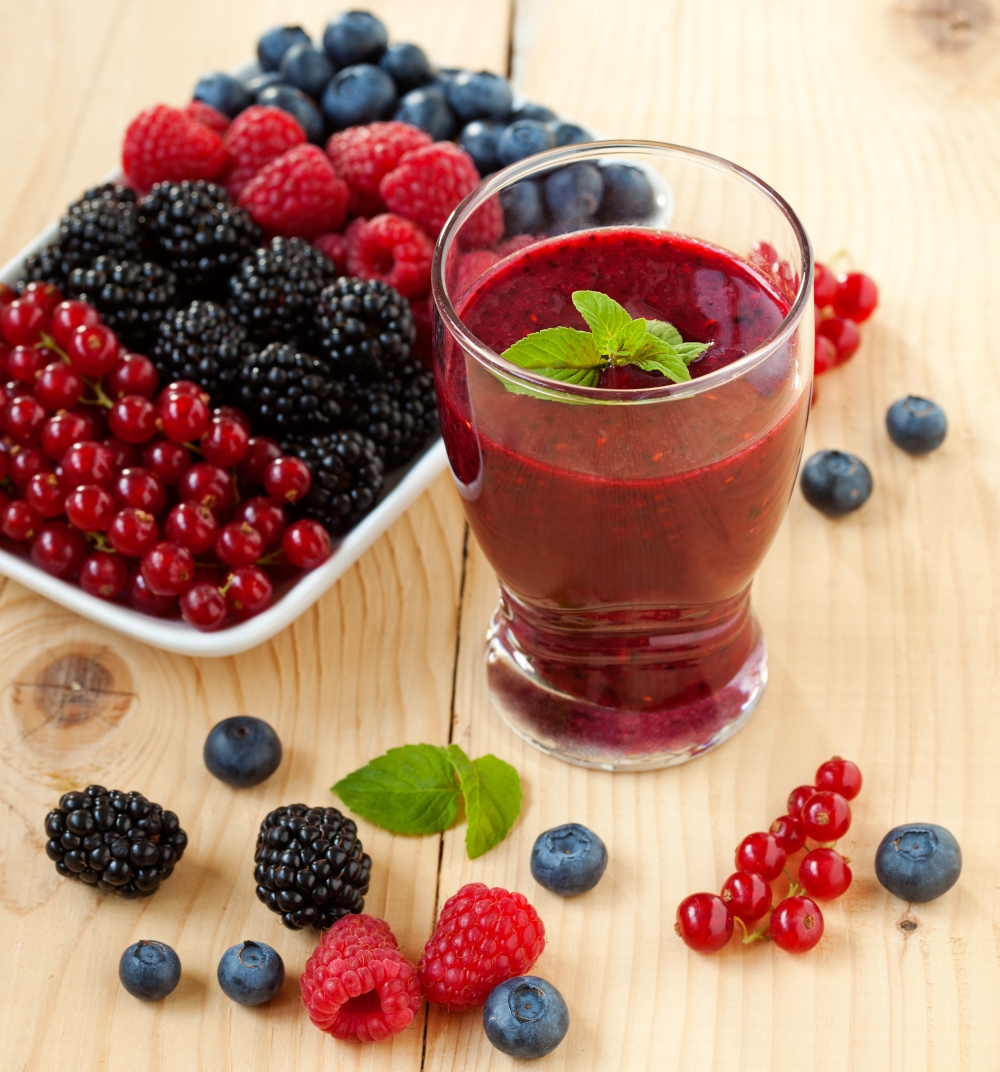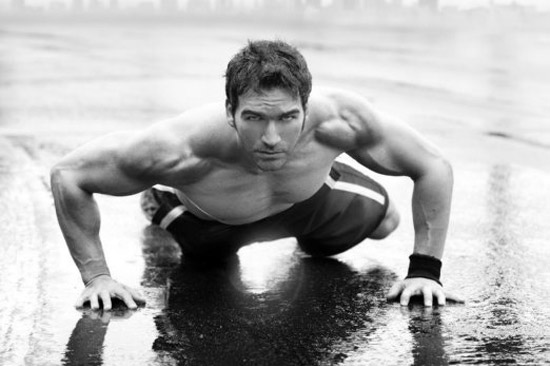The first step in finding a style to suit you is to understand yo u r hair type. Deciphering a few key terms and knowing how they relate to your hair will not only help you choose the right styling products, but also to work out why your hair behaves as it does, and why some styles, cuts and colouring techniques will work better than others.
If you regularly blow-dry or straighten your hair, or use a styling product every day, it may have been a while since you really looked at your natural texture. Allowing your hair to dry naturally will show you what it looks like when left to its own devices – and will help you care for it accordingly.
Step 1
Wash your hair with a shampoo designed for a ‘normal’ hair type, but don’t use conditioner.
step 2
After blotting gently, allow your hair to dry naturally, without using a dryer or towelling too roughly.
Step 3
Once your hair is dry, look at your natural texture. Is your hair totally straight or is there a slight kink? If your hair has waves, how many are there and are they loose or defined, regular or random? If you have curls, are they loose or tight, spirals, S-shaped or zigzag, or bouncy or stiff? Perhaps you have a mixture of textures? If so, what’s the overall effect?
Step 4
Has frizz formed, or does your hair seem fluffy? Does it have a natural shine, look dry and dull, or is it a mixture of the two? Do the ends seem split and frayed?
Step 5
To measure the thickness and texture of your individual strands, pull out a single hair and look at it in front of a piece of white paper. If the hair is barely visible and feels soft, it is fine. If it’s easy to see but still feels soft, your hair is medium. If it looks thick and feels wiry, your hair is coarse.
Step 6
To measure the thickness of your hair, pull it back as if you were creating a ponytail, and measure the circumference of the tail (you can get a rough idea by seeing where your finger and thumb meet). If the circumference of the tail is five centimetres or less, you have fine hair. If it’s between five and ten centimetres, your hair is of medium thickness. If the circumference measures more than ten centimetres, you have thick hair
Pro Tip
Noting how long your hair takes to dry naturally is another way of measuring its thickness and texture. Thin, fine hair usually dries in under an hour, whereas thick or coarse hair takes an hour or more to dry.
If you regularly blow-dry or straighten your hair, or use a styling product every day, it may have been a while since you really looked at your natural texture. Allowing your hair to dry naturally will show you what it looks like when left to its own devices – and will help you care for it accordingly.
Step 1
Wash your hair with a shampoo designed for a ‘normal’ hair type, but don’t use conditioner.
step 2
After blotting gently, allow your hair to dry naturally, without using a dryer or towelling too roughly.
Step 3
Once your hair is dry, look at your natural texture. Is your hair totally straight or is there a slight kink? If your hair has waves, how many are there and are they loose or defined, regular or random? If you have curls, are they loose or tight, spirals, S-shaped or zigzag, or bouncy or stiff? Perhaps you have a mixture of textures? If so, what’s the overall effect?
The natural texture of the top image is straight, silky and fine. The hair texture of the bottom image seems porous, with a natural curl.
Step 4
Has frizz formed, or does your hair seem fluffy? Does it have a natural shine, look dry and dull, or is it a mixture of the two? Do the ends seem split and frayed?
Step 5
To measure the thickness and texture of your individual strands, pull out a single hair and look at it in front of a piece of white paper. If the hair is barely visible and feels soft, it is fine. If it’s easy to see but still feels soft, your hair is medium. If it looks thick and feels wiry, your hair is coarse.
Step 6
To measure the thickness of your hair, pull it back as if you were creating a ponytail, and measure the circumference of the tail (you can get a rough idea by seeing where your finger and thumb meet). If the circumference of the tail is five centimetres or less, you have fine hair. If it’s between five and ten centimetres, your hair is of medium thickness. If the circumference measures more than ten centimetres, you have thick hair
Pro Tip
Noting how long your hair takes to dry naturally is another way of measuring its thickness and texture. Thin, fine hair usually dries in under an hour, whereas thick or coarse hair takes an hour or more to dry.






















